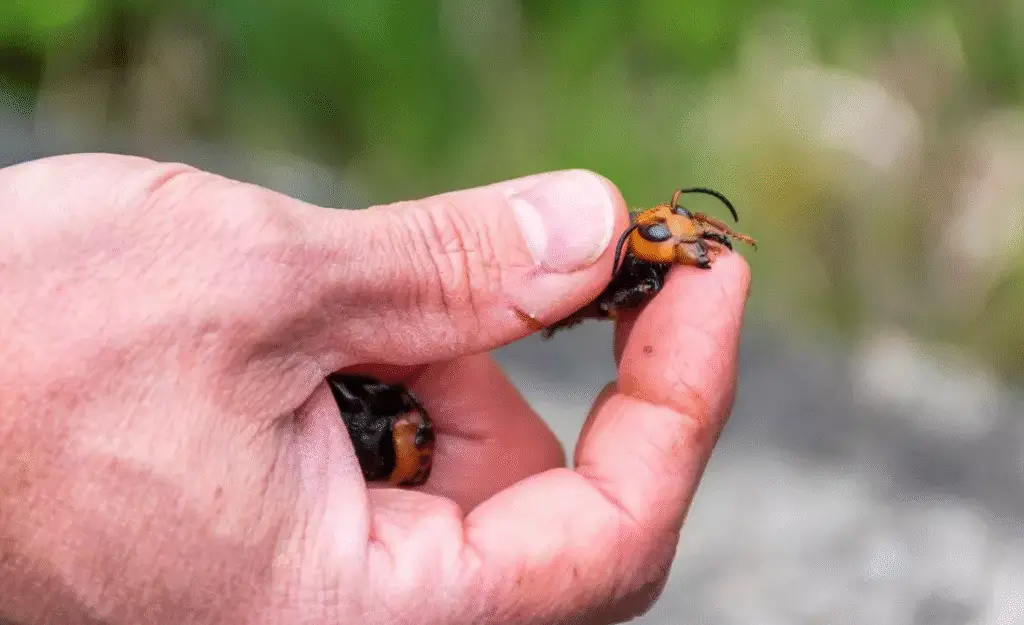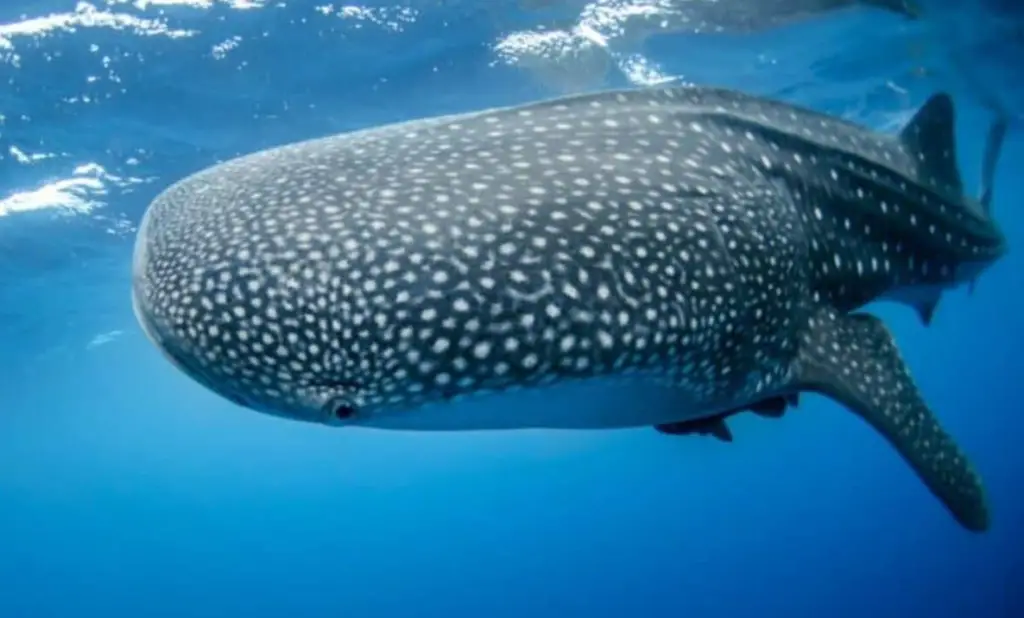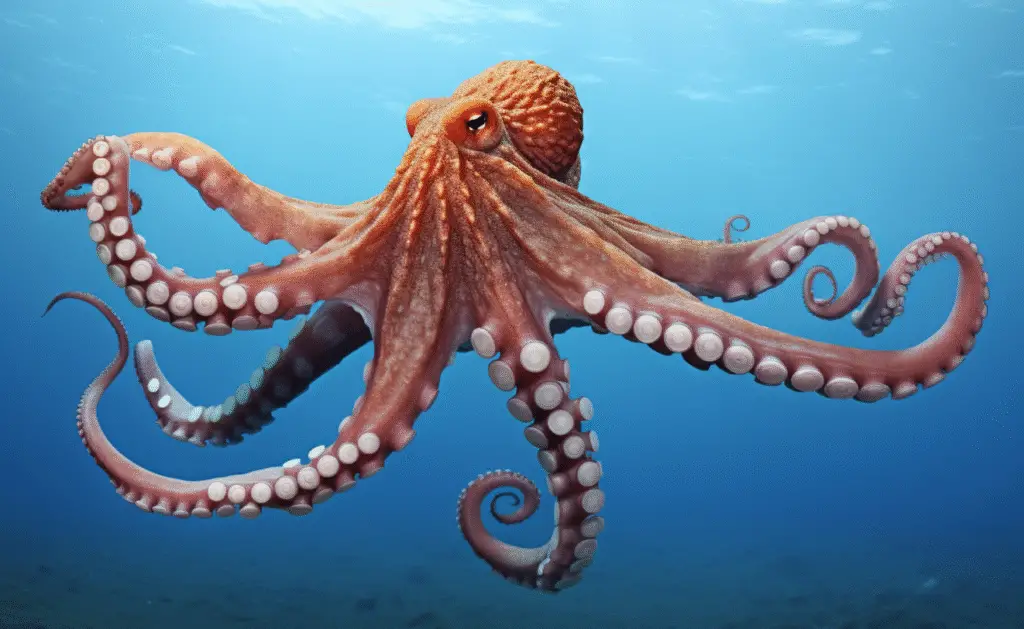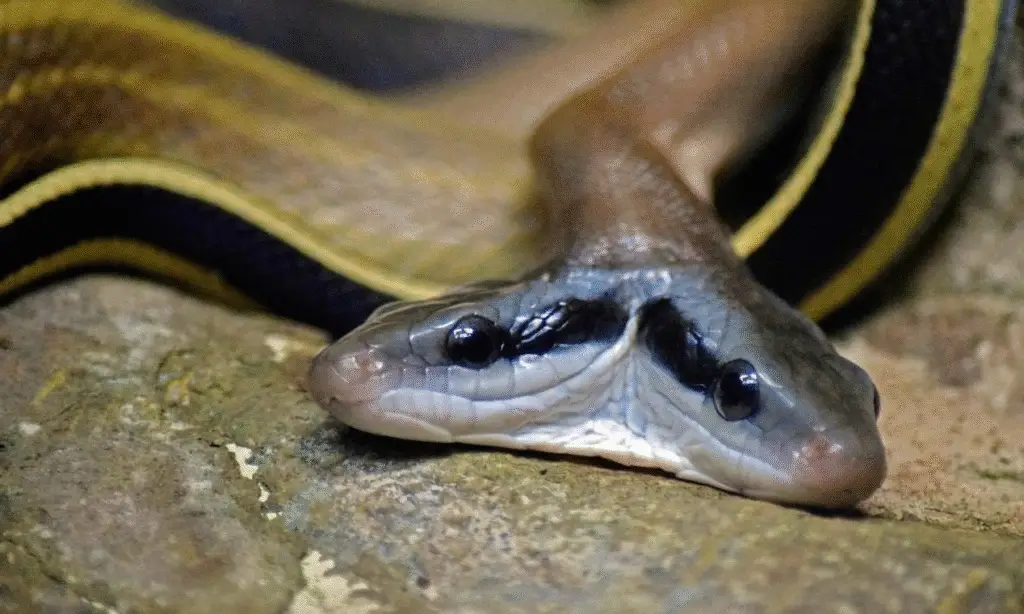From ‘Murder Hornets’ to Eradication: The Story of Asian Giant Hornets in the US

Picture this: a hornet the size of your thumb, with jaws that can rip through skin and a sting that feels like a hot nail driven into your flesh.
Sounds like something out of a horror flick, right? That’s the Asian giant hornet, or Vespa mandarinia, better known as the “murder hornet.”
These bad boys made headlines a few years back when they showed up in the US, sparking fear among beekeepers and regular folks alike.
But here’s the good news: as of late 2024, they’ve been officially eradicated from the United States.
Let’s dive into the wild tale of how these hornets became public enemy number one—and how we sent them packing.
What Are These So-Called Murder Hornets?
Asian giant hornets hail from East Asia—think Japan, Korea, and parts of China and India.
They’re the world’s largest hornets, with queens stretching up to 2 inches long and boasting a wingspan over 3 inches.
That’s bigger than most honeybees by a long shot.
Their look is unmistakable: a bright yellowish-orange head, a dark body, and stripes that scream “don’t mess with me.”
But it’s not just their size that earned them the “murder hornet” moniker.
These hornets are ruthless predators, capable of wiping out an entire honeybee colony in a matter of hours.
And for humans? Their sting is no joke.
Why So Dangerous?

Let’s get to the nitty-gritty of why these hornets had everyone spooked.
First off, they’ve got mandibles—those are their jaws—that are like tiny, muscle-powered scissors.
Dr. Samuel Ramsey, an entomologist who’s been sounding the alarm on these critters, described them vividly: “It has these very sharp, large mandibles attached to really big muscles that allow it to chew through a lot of different fabrics.”
That includes human skin. Yup, these hornets can tear right through you.
Then there’s their stinger, which is longer than your average wasp’s and delivers a venom that’s a whole lot nastier.
This venom can destroy human cells, sending signals of “constant pain” to your nerves, as Ramsey put it.
In Japan, where these hornets are native, they’re linked to 30 to 50 deaths a year.
That’s because they can inject a larger amount of venom compared to other stinging insects, making them more dangerous than your garden-variety wasp or bee.
Multiple stings can lead to kidney failure or, in rare cases, death, especially for those with allergies.
A Grim Reminder from China
To understand just how serious these hornets can be, let’s look at a chilling incident from 2013 in China’s Ankang municipality.
Over three months, a swarm of Asian giant hornets killed 41 people.
One tragic case involved a 40-year-old farmer named Yu Yihong, who was stung to death after accidentally stepping on a nest.
These hornets don’t attack humans unprovoked, but disturb their nest, and you’re in for a world of hurt.
This event underscored why the arrival of these hornets in the US was such a big deal.
The US Invasion: A Beekeepers’ Nightmare
The story of the murder hornets in the US began in December 2019, when the first confirmed sighting was reported near Blaine, Washington.
Beekeepers like Ted McFall were horrified to find their hives decimated, with thousands of bees decapitated and no clear culprit at first.
It was like a crime scene straight out of a nature documentary.
By the end of 2021, the Washington State Department of Agriculture (WSDA) had identified and destroyed four nests in Whatcom County.
These were the only confirmed sightings in the US, and thankfully, the hornets never spread beyond Washington.
How did they get here? Experts like William Bamka, an extension agricultural agent, point to global trade.
“The concern is not the migration of the Asian giant hornet, but the inadvertent transport,” he said.
Think shipping containers, imported gardening pots, or even packaging material from Asia.
It’s a stark reminder of how our interconnected world can accidentally introduce invasive species.
The Fight to Eradicate Them

Eradicating these hornets was no small feat.
It took a village—literally. The WSDA, along with the USDA and local beekeepers, launched a full-scale offensive.
Citizen scientists were the unsung heroes here, setting up traps with lures like orange juice or rice cooking wine to capture both worker and queen hornets.
Karla Salp, a public engagement specialist with the WSDA, noted, “Last year half of our detections and all of Canada’s detections were from public reports.”
That’s right—regular folks with a keen eye made a huge difference.
Technology played a big role too. Researchers used radio tags on captured hornets to track them back to their nests, which are often hidden underground in abandoned rodent burrows.
By the end of 2021, four nests were eradicated.
From 2022 through 2024, no hornets were detected, and in December 2024, the WSDA and USDA declared the Asian giant hornet officially eradicated from the US.
You can read more about it on the WSDA’s official page.
A Global Perspective
While the US can celebrate this victory, the threat of Asian giant hornets persists elsewhere.
In the UK, there’s no word yet on these hornets showing up, but other invasive species, like the yellow-legged hornet, have raised concerns.
A UK wasp expert even described a native hornet species with “superpowers,” like spraying a marker to signal a swarm attack.
Creepy, right? The risk of Asian giant hornets being introduced to places like the UK remains, especially since other non-native hornets have already made the jump.
Lessons from the Hornet Saga
This whole ordeal is a masterclass in tackling invasive species.
Early detection, rapid response, and community involvement were key.
The fact that the hornets were contained to Washington and never reached, say, the East Coast, is a testament to the power of coordinated action.
Dr. Ramsey reassured folks back in 2020 that there was no need to panic, as it would take years for the hornets to spread naturally.
Turns out, we didn’t even need to wait that long—they’re gone.
But let’s not get too comfortable. The success against murder hornets shows what’s possible when we act fast, but it also highlights the ongoing risk of invasive species.
Global trade means these critters can pop up anywhere, anytime.
The WSDA continues to monitor for other pests, with over 130 species on their radar each year.
Why This Matters to You
So, why should you care about a bug that’s no longer here? For one, it’s a reminder of how fragile our ecosystems can be.
Honeybees are crucial pollinators, and losing them to predators like these hornets could mess with our food supply.
Plus, the story of the murder hornets is just plain fascinating.
It’s like a real-life thriller where science, community, and a bit of ingenuity saved the day.
Personally, I find it mind-blowing how something so small—well, relatively small—can cause such a big stir.
These hornets are a force of nature, and while they’re terrifying, they’re also a reminder of how interconnected our world is.
From a farmer in China to a beekeeper in Washington, we’re all part of the same ecosystem.
And when we work together, we can do some pretty amazing things—like kicking murder hornets out of the country.
| Aspect | Details |
|---|---|
| Scientific Name | Vespa mandarinia (Northern Giant Hornet) |
| Size | Queens up to 2 inches, wingspan over 3 inches |
| Native Range | East Asia (Japan, Korea, China, India) |
| Danger to Humans | Can tear skin, venom causes severe pain, 30-50 deaths/year in Japan |
| US Sightings | First in December 2019, Blaine, Washington; eradicated by 2024 |
| Eradication Methods | Citizen scientist traps, radio-tagged tracking, nest destruction |
| Global Incidents | 41 deaths in Ankang, China, 2013 |
| Current US Status | Eradicated as of December 2024 |
For more on this topic, check out the USDA’s research page or the Atlas Obscura podcast for a deep dive into the eradication efforts.
































